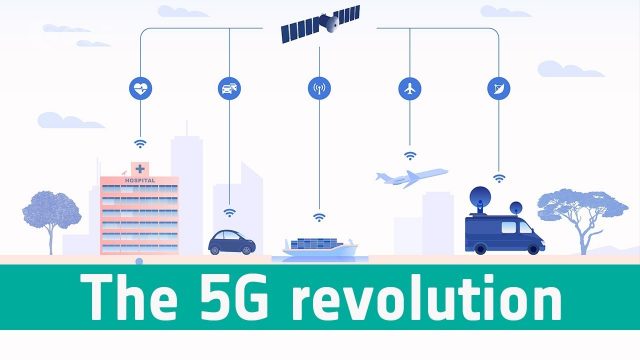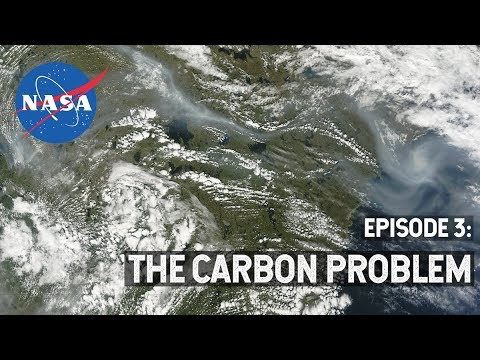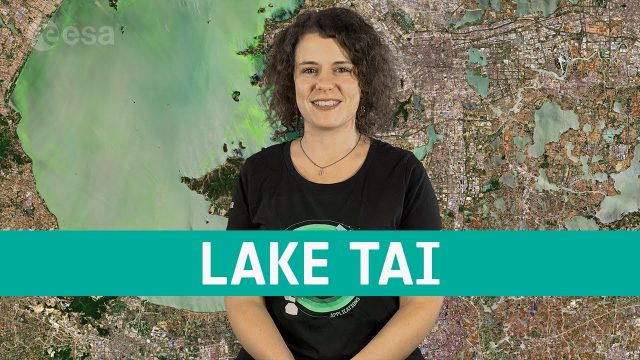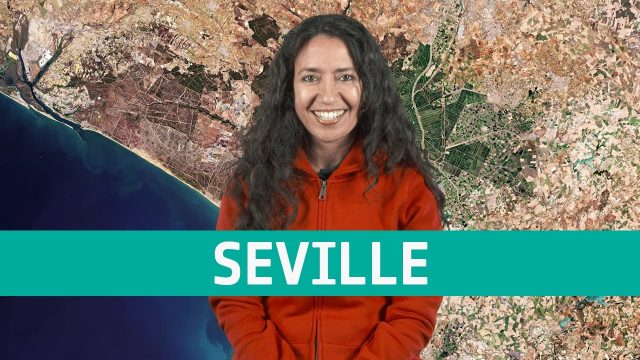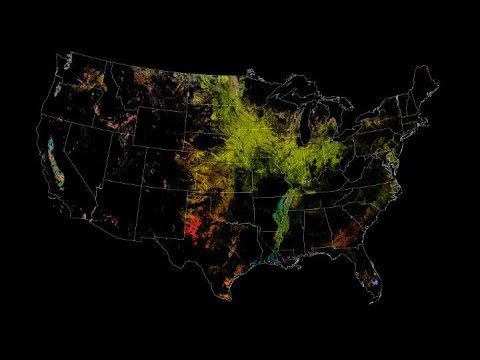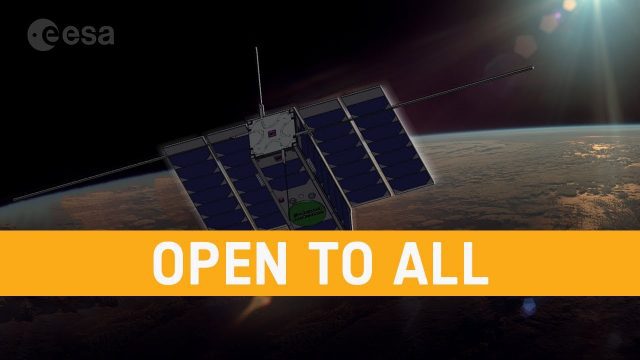Browse Archives
Stanford-Developed Technology Could Help Prevent Wildfires
0 Views0 Comments0 Likes
A new technology developed by Stanford engineers promises a way to prevent a significant percentage of wildfires and drastically reduce the cost of fighting them.
Space’s Part in the 5G Revolution
0 Views0 Comments0 Likes
We need satellites to ensure businesses and citizens can benefit smoothly from 5G.
Earth from Space: Lake Natron
0 Views0 Comments0 Likes
In this week's edition of the Earth from Space program, the Copernicus Sentinel-2 mission takes us over two saline lakes in East Africa.
NASA Explorers S3 E3: The Carbon Problem
0 Views0 Comments0 Likes
In the Arctic, fires are a natural part of the ecosystem. But as the climate changes, fires are burning longer and hotter, releasing long-buried carbon from the soil.
Happy GIS Day 2019: A Message from Jack Dangermond
0 Views0 Comments0 Likes
Jack Dangermond wishes the world a happy GIS Day 2019. Jack thanks all the event organizers and participants and explains the importance of their events in this 20th year celebration of GIS.
Earth from Space: Lake Tai
0 Views0 Comments0 Likes
In this week's edition of the Earth from Space program, the Copernicus Sentinel-2 mission takes us over the third largest freshwater lake in China.
Earth from Space: Seville
0 Views0 Comments0 Likes
The Copernicus Sentinel-2 mission takes us over Seville in southern Spain, where ESA's next Ministerial Council will soon take place, in this week's edition of the Earth from Space program.
NASA Satellites Keep Watch on U.S. Food Supply
0 Views0 Comments0 Likes
The Cropland Data layer uses Landsat and similar sensors to identify what crop is growing where in the country.
48 Years of Alaska’s Glaciers
0 Views0 Comments0 Likes
New time-lapse videos of Earth’s glaciers and ice sheets as seen from space–spanning nearly 50 years–are providing scientists with new insights into how the planet’s frozen regions are changing.
OPS-SAT: ESA’s Flying Lab, Open to All
0 Views0 Comments0 Likes
What would you do with a powerful computer based in space? At just 30 centimeters in height, OPS-SAT is a tiny CubeSat designed to serve as a large-scale software laboratory in orbit–containing one of the most powerfu...


